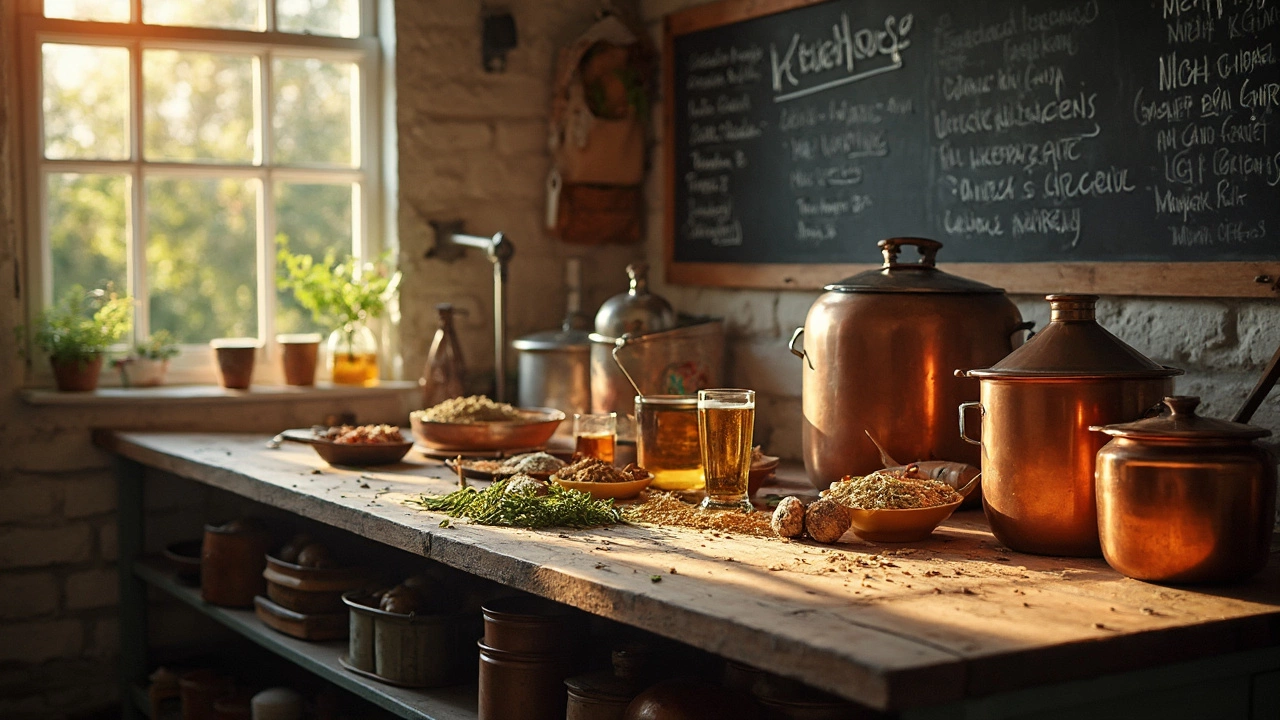Cost-Effective Brewing: Make Awesome Drinks on a Budget
If you love brewing but hate the price tag, you’re in the right spot. Below are real‑world ways to cut costs without hurting flavor. No fancy jargon, just plain advice you can use today.
Start with Smart Planning
Before you buy anything, write down what you want to brew and how many bottles you need. A clear plan stops you from grabbing extra hops, malt, or yeasts you’ll never use. Look for recipes that share ingredients – that way you can batch several drinks at once and buy in bulk.
Bulk buying is a game‑changer. Grain, sugar, and malt cost far less per pound when you order a 25‑kg sack instead of a small bag. Store the extra in airtight containers and you’ll have a stash for future batches.
Don’t forget seasonal sales. Many homebrew shops discount malt and yeast around holidays. Sign up for newsletters or follow them on social media to catch the deals.
Choose Low‑Cost Ingredients Wisely
Water is the biggest part of any brew, so use clean tap water if it’s safe. No need for pricey bottled water unless your tap is terrible. For flavor, consider using fruit leftovers, coffee grounds, or tea bags you already have at home. These add depth without extra cost.
Yeast can be pricey, but you don’t need a new packet for every batch. Re‑hydrate a spare starter and reuse it for a few batches. Many brewers keep a yeast slurry in the fridge and add a spoonful to the next brew.
Cheaper hops exist, too. Look for “pellet hops” sold in large bags – they’re often cheaper than whole leaf hops and work just as well. If you’re making a light ale, you can also reduce the hop amount and still end up with a tasty drink.
Equipment doesn’t have to be brand new. A simple food‑grade bucket, a basic airlock, and a clean fermenter are enough to start. You can repurpose a clean 2‑liter soda bottle as a bottling container. Just make sure everything is sanitized.
Sanitizing doesn’t have to mean expensive chemicals. A solution of one part bleach to nine parts water works well, and you can rinse with boiled water afterward. Many homebrewers also use Star San, but a cheap bleach mix does the job for most batches.
When you’re ready to bottle, reuse swing‑top bottles or buy a case of reusable bottles online. They cost more upfront but save you from buying new glass every time.
Finally, be patient with fermentation. Rushing it can spoil flavor, meaning you’ll have to throw out the batch and waste money. Keep the fermenter at the right temperature – a simple closet or a small fridge works fine.
Putting these tips together lets you brew great drinks without blowing your budget. Plan smart, buy bulk, reuse what you can, and stick to simple ingredients. Your wallet will thank you, and your taste buds will love the results.
Curious about saving money on your brews? Delve into the world of home brewing, where you mix ingredients, time, and patience into a concoction that might just hit the spot. But is your homemade brew kinder on your wallet than a six-pack from the store? We'll break down everything from initial investments to delicious results, helping you see if home brewing is genuinely pocket-friendly.
View Details

